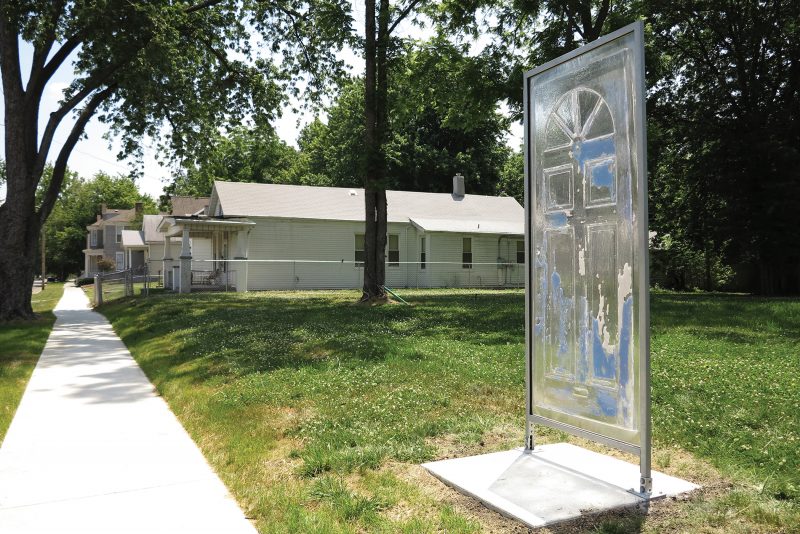In early 2012, Saul Melman came across an ad for an outdoor sculpture contest in Evansville, Indiana, a city about which he knew nothing. Artists were invited to propose a sculpture for one of twelve four-by-four-foot concrete pads in Evansville’s arts district, to be evaluated in part based on the sculpture’s integration into the neighborhood and its connection to the community. The award amounts were impressive. One sculpture would win a “Purchase Award,” worth twenty thousand dollars, and a place in Evansville’s permanent art collection. A “Best in Show Award,” worth ten thousand dollars, would be named; second- and third-place winners would take home five thousand and one thousand dollars, respectively; and there would be a five-hundred-dollar “People’s Choice Award.”
Melman, who is an emergency-room physician in Brooklyn as well as a sculptor, figured he had a good shot at winning the contest. Over the course of the preceding year he had begun a new series of sculptures called Best of All Possible Worlds, involving arrangements of translucent doors. The contest’s concrete pads were located on vacant lots in a residential area, and one was positioned in relation to the sidewalk where the front door of a house might be. This particular sculpture site might have been chosen with his work in mind.

Melman makes the doors by subjecting heavy-duty sheets of clear plastic to an industrial process whereby they are heated and then vacuum-molded over actual wooden doors, which he pre-paints so that they shed traces of themselves onto the finished product. The first two versions of his project were sited in the New York metropolitan area, at the Socrates Sculpture Park, in Queens, and the Aldrich Contemporary Art Museum, in Ridgefield, Connecticut. At each site, he arranged the doors according to the floor plan of his Park Slope apartment, to suggest urban domestic space. Configured in this way and scarred with paint and wood remnants, the doors gesture toward specific histories. They look like ghosts on their way out of the world or back into it. They come radically alive in the light.
Melman expects people who encounter the doors to think of portals and boundary states, and of one transition in particular. The idea grew out of his work in the ER, a room where he routinely sees people through that most forbidding of transitions, into nonbeing. A vacant lot was a perfect site, Melman thought, for installing a lone ghost door. He would treat the concrete pad as a front stoop, and he would place one of his doors atop it to suggest...
You have reached your article limit
Sign up for a digital subscription and continue reading all new issues, plus our entire archives, for just $1.50/month.
Already a subscriber? Sign in




